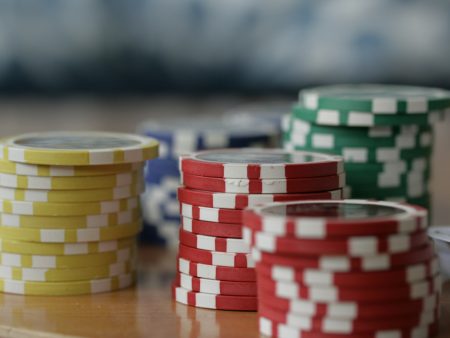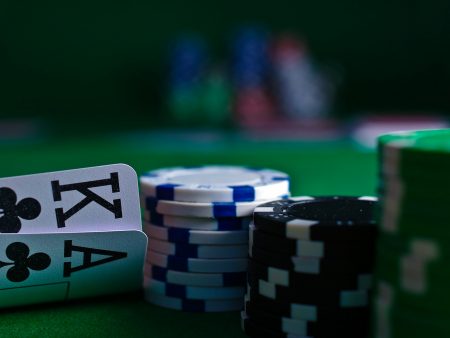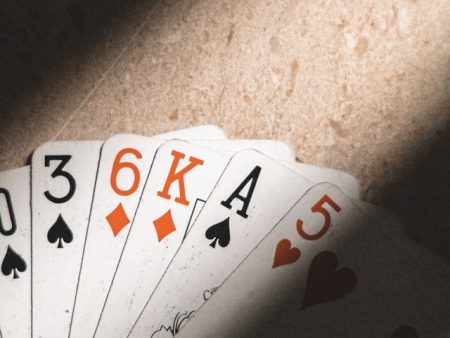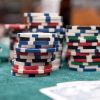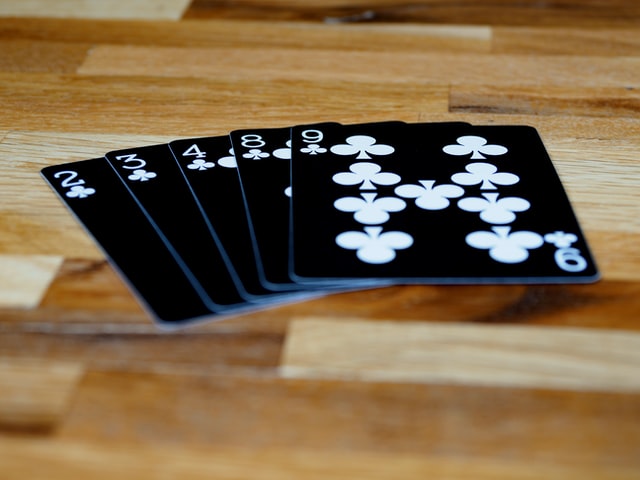
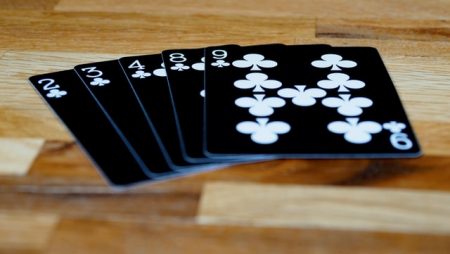
You have realized 71% of your hand once the flop is unveiled. Now, you are on the turn and it is going to make 86% of the hand. Most poker experts believe the turn is probably the most difficult street. A tactical approach can generate a better outcome for you on this street! Let’s find out how to play the turn to maximize your profit.
Why the Turn Card is so Vital?
It is quite vital because it usually defines your hand. Being infamous for causing most draws, the turn can easily improve your chance of winning the game.
Playing the turn can be a bit puzzling, especially when you are in a no-limit game. It won’t be a big deal for you if your hand became stronger on the flop. Things will get interesting only if the turn adds new dimensions. Three suitings or three straightenings may force you to prepare a better tactic.
If flop did not make a big difference for you, the turn and the river will be two valuable cards. This post will guide you on what to consider when playing the turn. Learn what to focus on when you play the turn to win big.
Reassess the Table Image:
You get the time to re-assess the table image once the turn card is dealt. Suppose you are playing a tight-aggress game and you have shown only solid hand values on calls, you can put the opponent on air.
Beware of more observant players. They can easily dissect your tactics and beat you by the turn that one-dimensional tactic against you. It is easy to thwart such opponents by mixing check-raises. It indicates that the opponent’s bets won’t affect you at all. He will get a little uncomfortable.
Drawing Hands:
Drawing hands have both defensive and offensive aspects. You should make a bet if you got a strong hand and the opponent is on a draw. Bet on the turn and your opponent won’t be able to draw for free. Thus, you will make it mathematically incorrect for the opponent to draw.
Why not betting is harmful to your game?
It is not beneficial for two reasons: first, you will allow the opponent to draw for free and second you won’t make any money by betting on the river if you check and the draw doesn’t come in. You got the chance to make money and you should not miss this opportunity.
When you are on the draw:
You should proceed only if you get the right price for the draw. Suppose you call on the flop in this situation and miss on the turn, you are on a bet where the odds are considerably high. It happens most often.
The opponent is going to make you pay for the draw if he suspects you for it. Most poker players mistakenly call on the flop by relying on the odds. They try it to make their draws while two cards are yet not dealt. They often fold to a huge bet on the turn. Suppose you face such a scenario frequently, you should avoid such a complex situation in the turn.
What If There is a Scare Card?
Any card that you do not want to see on the board is a scare card. Suppose there are two hearts on the flop and you got two have two black hole cards, another heart will be a scare card on the turn. What should you do in such a situation? Now, you should recall all the information you have gained about your opponent.
Suppose your opponent bets into 2 or more players, it is the right time to fold for you! He is probably holding a really strong hand. You should raise only if the opponent gets tricky or bluffs in such a situation.
You should also assess the odds the current pot is offering to make a better decision. Use the scare card to your advantage by playing a more offensive game. If the turn is scaring you, it might also threaten the opponent! Your offensive behavior will make him fold.
How to Float the Flop?
You can float if you call a continuation bet, even if you got a weak hand. The main goal here is to push the opponent off his hand when the turn is revealed. Most pre-flop hands do not get better on the flop and therefore this tactic might work.
There will be players obliged to continue with a continuation bet if they were aggressive before the flop. They hope to take the pot down in this way. Suppose the continuation bet is combined with a flat call, the opponent is probably holding a good hand. The turn is checked the floater because of that concern and then bets and wins the game.
When to Fire the Second Barrel?
If the opponent was floating the flop, you should fire the second barrel. It is probably the most effective tactic to frustrate the opponent. You may get paused if your continuation bet gets called. You will start to wonder what the range of his hand is.
The floating tactic mainly depends on this concern and therefore most poker players avoid firing the second barrel. Suppose you imagine that you are a floater, you won’t push off the opponent if he fires the second barrel.
Pros call it the antidote to floating. It does not always payback. People often get into a slow trap without any money-back guarantee! So, beware of the loss if you are playing against a seasoned opponent.
Final thoughts:
People with standard hands on the turn play too loose. Spot players who are too aggressive before the flop, follow it after the flop, and suddenly stop on the turn. It is a sign that you can move forward to make the opponent fold.
Tactics showed in this post work against most beginners and mediocre players. You need more practice and better reading skills to beat a seasoned player. Try it because the game becomes more exciting on the turn.

